Blog
Understand the Importance of Hands-On Learning in Montessori Education
Montessori latch boards are essential tools in the Montessori educational approach, designed to enhance children’s fine motor skills and promote independent learning. These engaging hands-on materials allow children to practice various self-care skills while stimulating their cognitive development. By understanding the significance of such activities, we can appreciate how they contribute to a child’s overall growth and education in a Montessori setting.
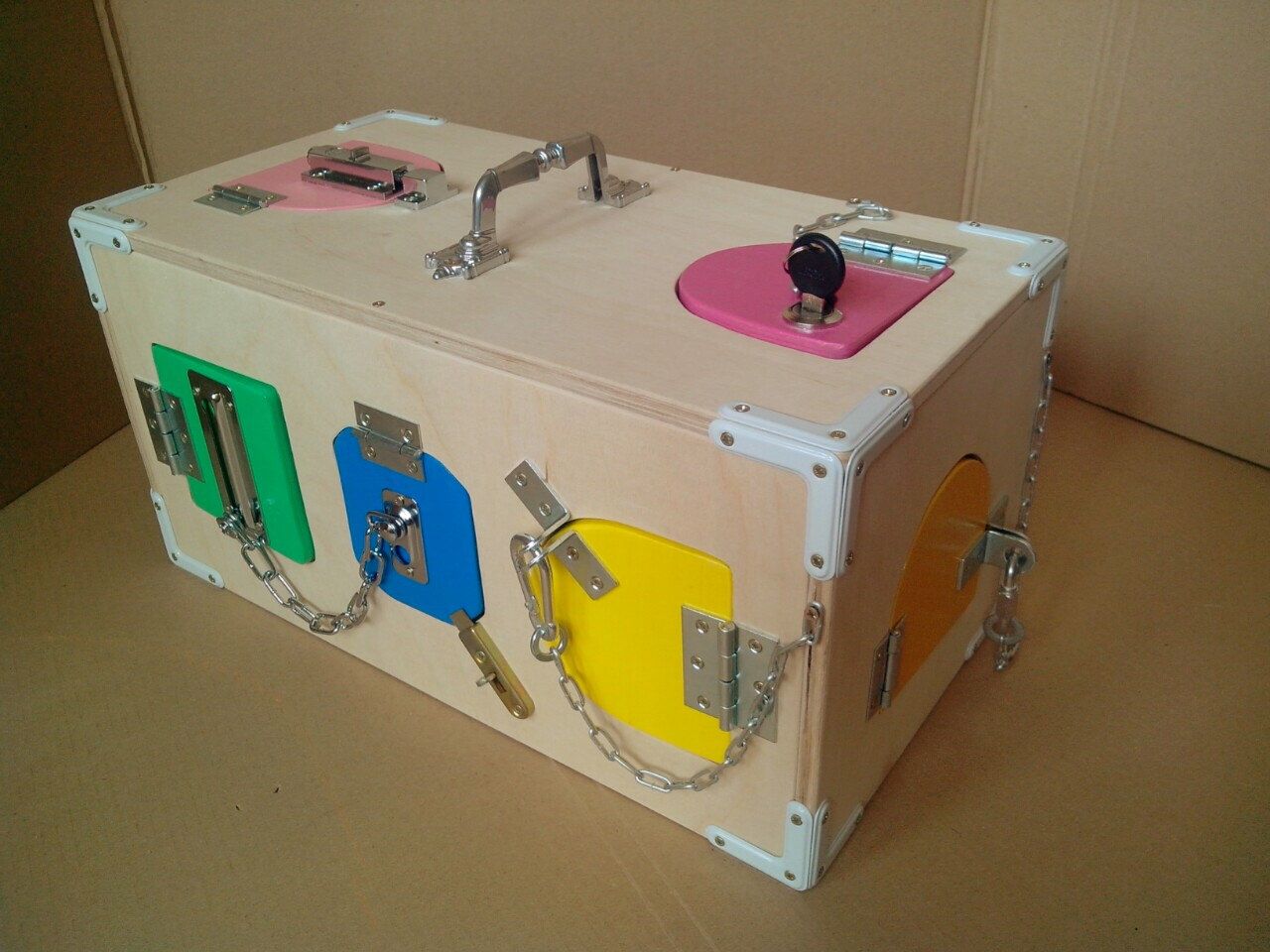
The Foundations of Montessori Education
Montessori education is built upon key principles that prioritize a child’s natural desire to learn. Understanding these foundational aspects helps us appreciate the importance of hands-on learning approaches like those offered by montessori latch boards.
The Child-Centered Approach
In Montessori education, the child is at the center of the learning process. This philosophy shifts the focus from traditional teacher-led instruction to an environment where children can explore and learn at their own pace.
Children are encouraged to choose their activities, promoting autonomy and a sense of responsibility. This child-centered approach fosters engagement and intrinsic motivation, allowing learners to dive deep into subjects that interest them.
Providing hands-on learning materials, such as latch boards, aligns perfectly with this principle. Children can manipulate these boards independently, gaining confidence as they master new skills.
The Prepared Environment
Another fundamental tenet of Montessori education is the concept of a prepared environment. This carefully curated space is designed to facilitate exploration and discovery, filled with developmentally appropriate materials that support various learning styles.
In a Montessori classroom, everything is intentionally placed within reach of children, encouraging independence. Materials like montessori latch boards serve a dual purpose: they engage children in practical life skills and enhance sensory experiences.
The prepared environment also promotes social interactions, as children often work side by side, sharing ideas and assisting one another. This collaborative aspect of learning reinforces the community spirit inherent in Montessori philosophy.
Sensory Exploration
Montessori education places great emphasis on sensory experiences, believing that children learn best through their senses. Engaging multiple senses allows children to form deeper connections with their learning materials.
Latch boards offer tactile stimulation, enabling children to feel different textures and engage in problem-solving as they navigate closures and fasteners. This hands-on exploration develops critical cognitive skills and enhances their understanding of the world around them.
Through sensory exploration, children begin to create mental images and concepts associated with the skills they are developing. This foundational understanding is crucial for more complex learning later on.
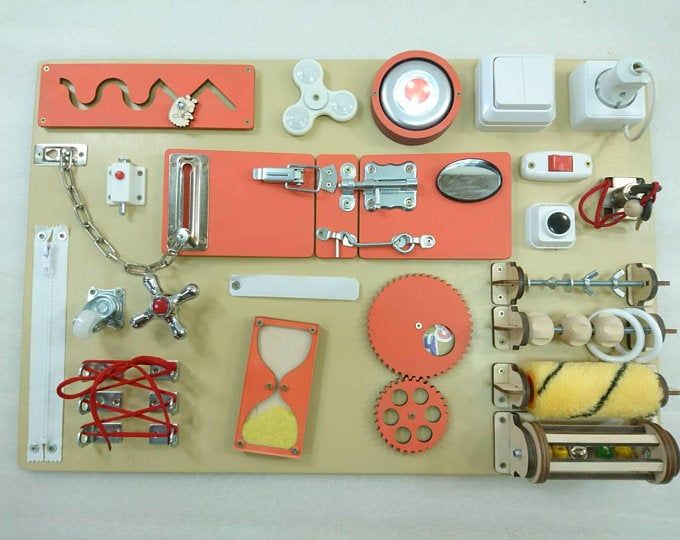
The Role of Hands-On Learning
Hands-on learning is vital in Montessori education, as it aligns seamlessly with the core principles of the approach. Delving into the specifics of this method reveals its numerous benefits and significance.
Promoting Fine Motor Skills
Fine motor skills refer to the coordination of small muscles in hands and fingers, which are crucial for tasks like writing, buttoning clothes, and using utensils. Montessori latch boards are specifically designed to promote these skills.
By manipulating various latches, knobs, and buckles, children develop hand-eye coordination and dexterity. As they practice these skills on the latch board, they enhance their ability to perform daily tasks independently, boosting their self-esteem.
This focus on fine motor development is not only about mastering physical skills; it also lays the groundwork for future academic success. Children who can write and draw effectively will find it easier to express their thoughts and ideas as they progress in their education.
>>>Read more: Unlock Your Child’s Motor Skills with a Fun Montessori Activity: Superimposition of Shapes
Encouraging Problem-Solving Abilities
Hands-on learning encourages critical thinking and problem-solving, essential skills for navigating the complexities of life. When children engage with materials like montessori latch boards, they encounter challenges that require creative thinking.
For instance, figuring out how to open a specific latch may involve trial and error. This process teaches persistence, patience, and resilience—qualities that are invaluable throughout one’s life.
As children solve these puzzles, they gain confidence in their abilities and develop a mindset that embraces challenges. They learn that mistakes are part of the learning process, fostering a growth mindset that empowers them to tackle future obstacles with enthusiasm.
Fostering Independence and Responsibility
One of the primary goals of Montessori education is to cultivate independence in children. Hands-on learning materials play a crucial role in achieving this objective.
When children interact with latch boards, they assume responsibility for their learning and outcomes. They decide which latches to try first, how to approach the task, and when to seek assistance if needed.
This independence translates into other areas of their lives. Children become more capable of handling self-care tasks, such as dressing themselves or preparing simple snacks. This sense of responsibility nurtures their self-confidence and prepares them for future challenges.
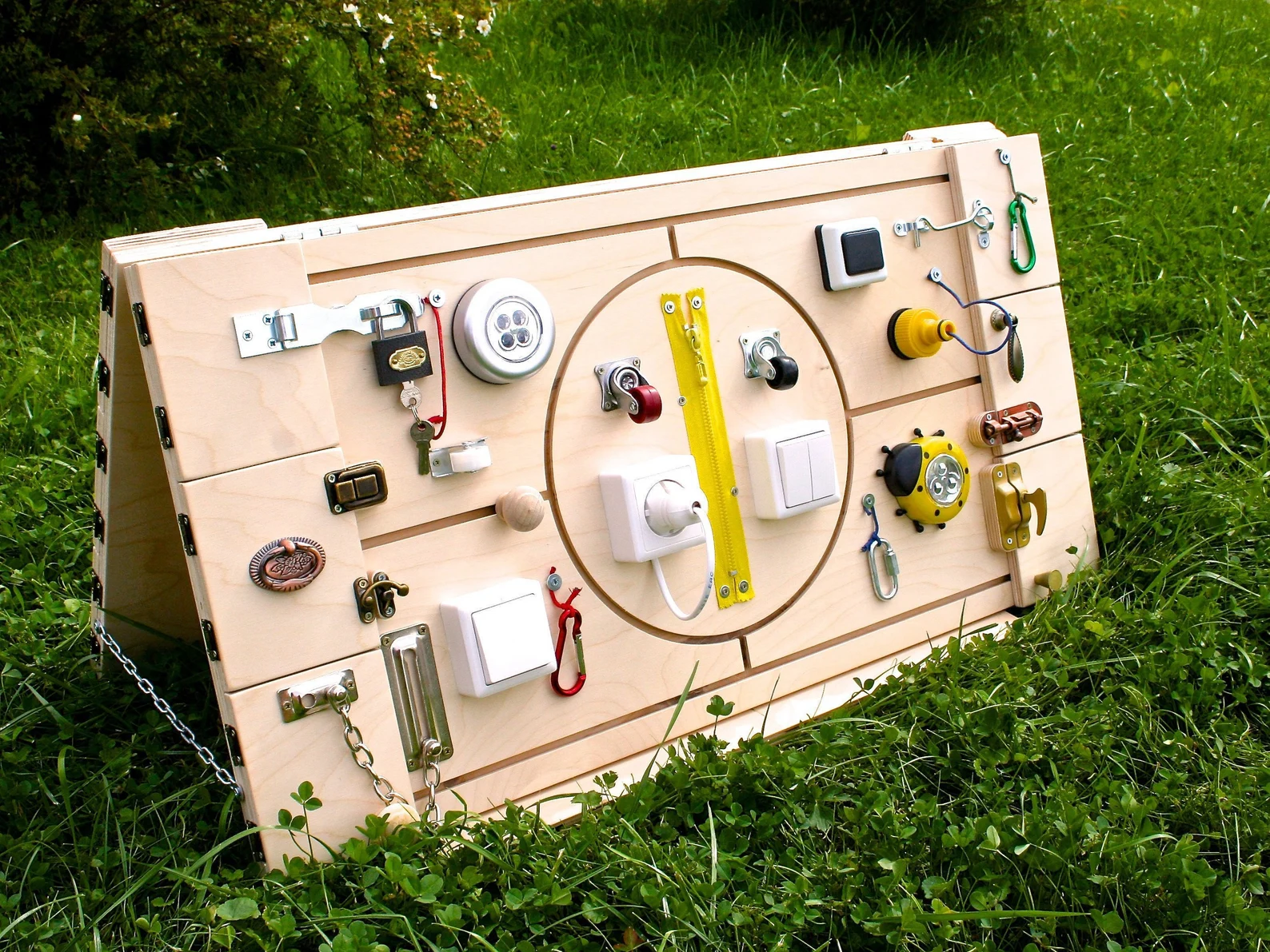
The Impact of Latch Boards on Learning
Montessori latch boards serve as powerful educational tools that foster a variety of skills beyond just motor development. Exploring the multifaceted impact of latch boards reveals their significance in a child’s learning journey.
>>>Buy now: Personalized Baby Gifts. Toddler Busy Board
Enhancing Cognitive Development
Cognitive development encompasses a range of mental processes, including reasoning, problem-solving, and memory. Engaging with montessori latch boards stimulates these cognitive functions through active participation.
As children experiment with different latches, they learn cause-and-effect relationships. For example, pulling a latch may unlock a door, providing instant feedback that reinforces their understanding of actions and consequences.
This experiential learning deepens their cognitive processes, laying the foundation for critical thinking and analytical skills. By interacting with these boards, children learn to approach problems methodically, evaluate options, and make informed decisions.
Building Social Skills
Social development is a critical aspect of a child’s growth, and hands-on learning materials like latch boards contribute significantly to this area. When children work together on latch boards, they engage in cooperative play and communication.
Collaborative problem-solving encourages teamwork, negotiation, and sharing. Children learn to express their thoughts, listen to others, and work toward common goals. These interpersonal skills are essential for building healthy relationships throughout their lives.
Additionally, engaging with peers fosters empathy and emotional intelligence, allowing children to navigate social dynamics with greater ease. These skills are crucial for success not only in school but also in personal and professional relationships later in life.
Encouraging Creativity and Imagination
Creative thinking is a vital component of a well-rounded education, and hands-on learning materials like montessori latch boards encourage this kind of imaginative exploration.
As children experiment with various ways to use latches and closures, they develop inventiveness and resourcefulness. They might come up with unique games or storylines centered around their experiences with the latch boards, igniting their imagination and creativity.
This freedom to explore and create enhances their learning experience, making it more meaningful and memorable. The confidence gained from creative exploration can empower children to pursue artistic endeavors and innovative thinking throughout their lives.
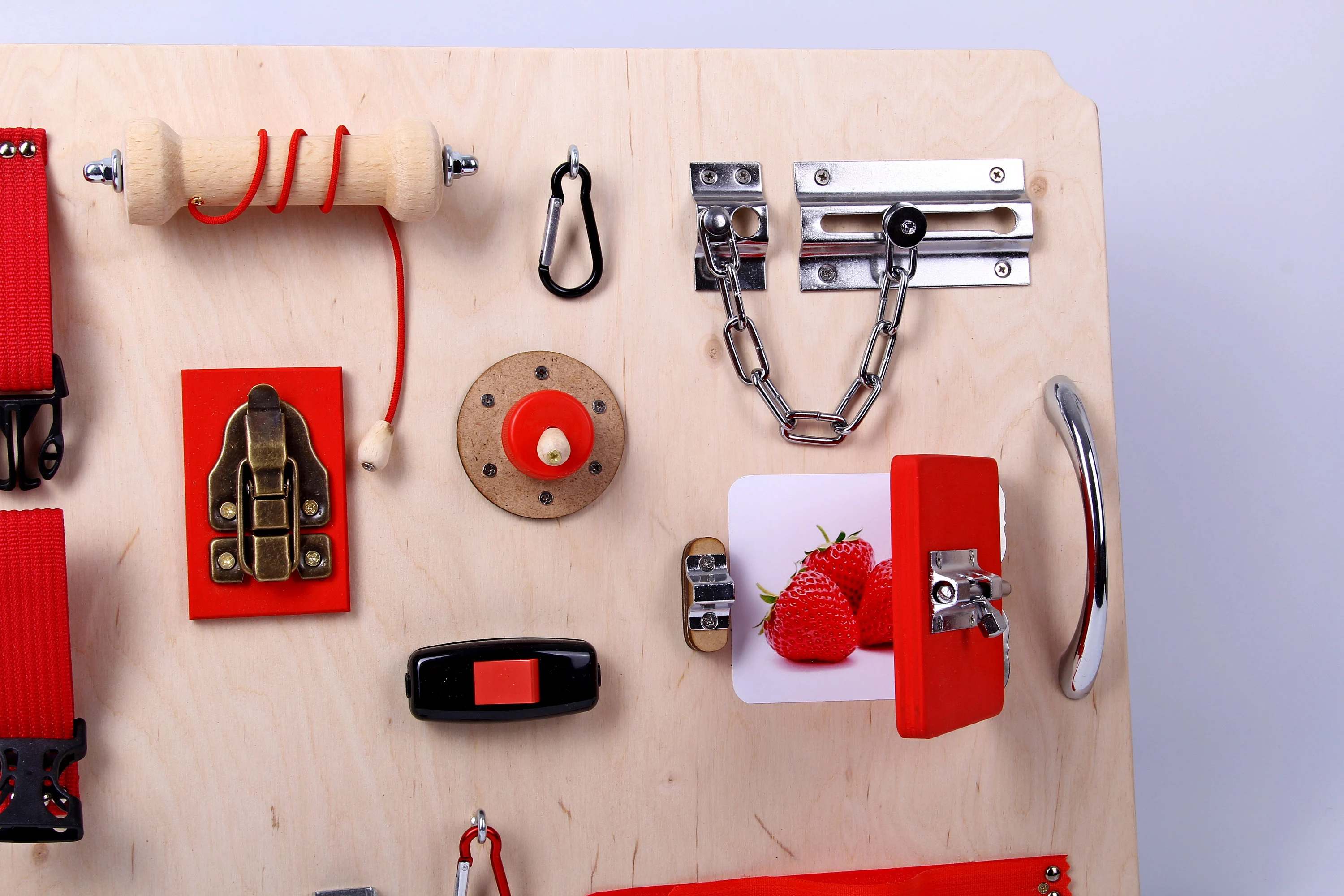
Integrating Latch Boards into Everyday Learning
To maximize the benefits of montessori latch boards, educators and parents can integrate these hands-on learning tools into everyday routines and activities.
Creating Engaging Learning Environments
An effective way to incorporate latch boards into learning is to create dedicated spaces that inspire curiosity and exploration.
Consider setting up a corner in the classroom or home where latch boards are easily accessible. Decorate the area with colorful visuals and additional hands-on materials that complement the latch boards, creating a visually stimulating environment that attracts children’s attention.
Encourage children to use the latch boards during free playtime or designated learning periods. By making these materials readily available, you foster a culture of exploration and hands-on learning that aligns with Montessori principles.
Using Latch Boards as Part of Life Skills Training
Montessori latch boards are not just toys; they are essential tools for teaching life skills. Parents and educators can incorporate these boards into daily routines to promote self-sufficiency.
For instance, while getting dressed, children can practice buttoning shirts or zipping jackets using latch boards before attempting these tasks on their clothing. This practice builds confidence and proficiency, enabling them to manage their daily activities more independently.
Additionally, using latch boards as part of routine chores—like putting away laundry or setting the table—can enhance their practical skills while reinforcing the importance of contributing to household responsibilities.
Engaging in Collaborative Activities
Collaboration can greatly enhance the learning experience when using latch boards. Group activities encourage children to work together, share ideas, and learn from each other.
Organize group challenges centered around latch boards, where children can compete to see who can complete a specific task the fastest or create a new game involving the latches. These collaborative efforts nurture social skills and promote a sense of community within the classroom or home.
Furthermore, inviting parents to participate in these activities can strengthen family bonds and reinforce the value of hands-on learning. Together, families can explore the benefits of latch boards and celebrate each child’s accomplishments.
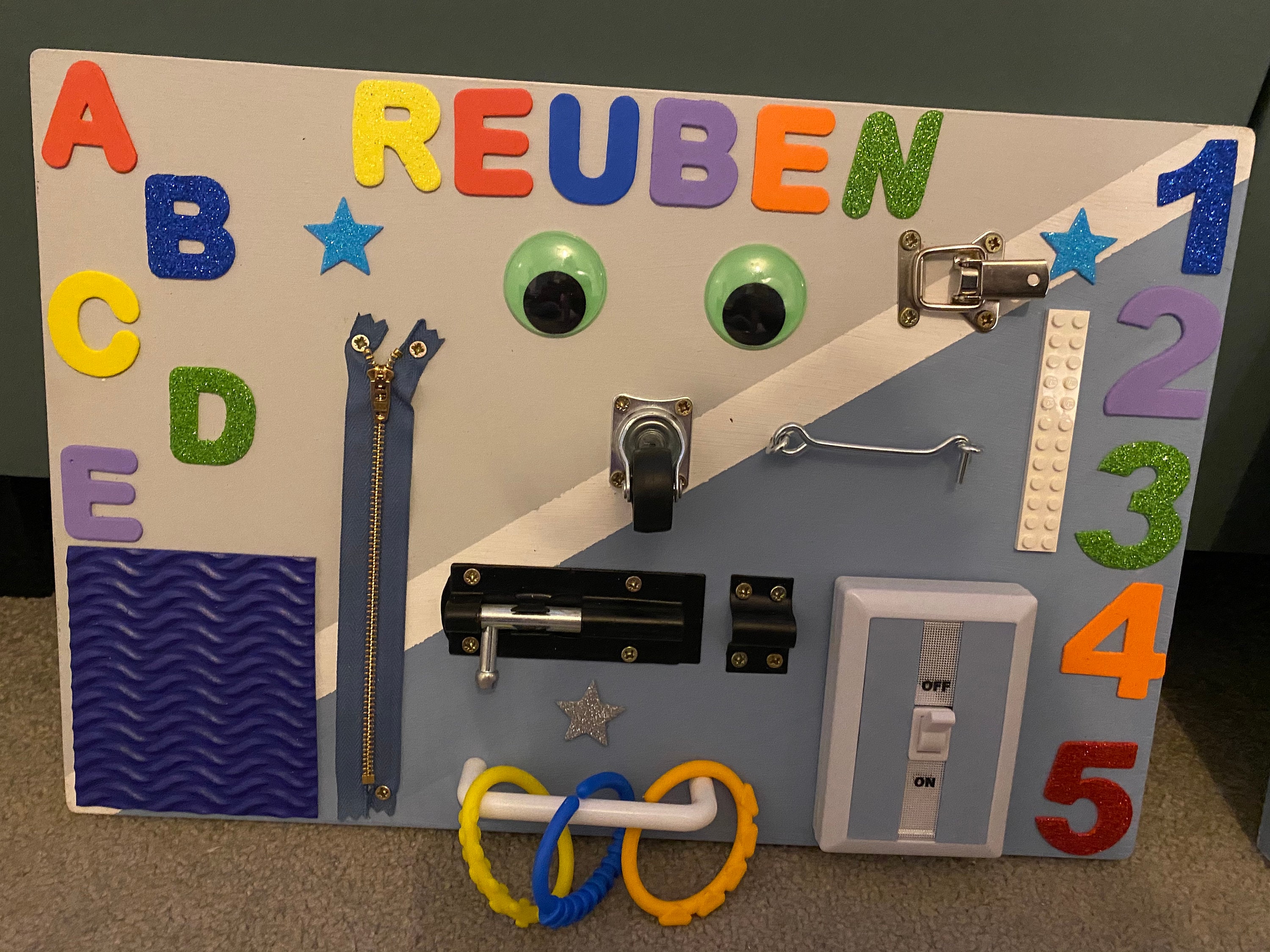
Conclusion
Montessori latch boards exemplify the importance of hands-on learning in Montessori education, fostering essential skills that contribute to a child’s overall development. By prioritizing fine motor skills, problem-solving, independence, cognitive growth, social interaction, and creativity, these engaging materials help children thrive in their learning journeys.
The integration of hands-on tools like latch boards not only enhances the educational experience but also cultivates a lifelong love for learning. Recognizing the value of hands-on approaches encourages educators and parents to embrace this philosophy, providing children with the opportunities they need to succeed both academically and personally.
As we reflect on the significance of hands-on learning in Montessori education, let us continue to champion methods that empower children to explore, discover, and grow, ensuring they are equipped with the skills necessary to navigate the complexities of the world around them.
